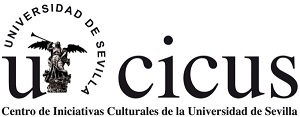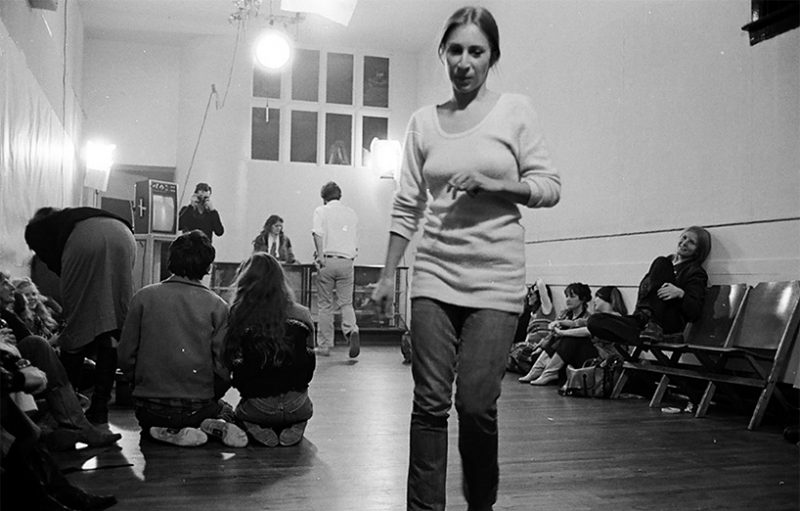Curator: Mira Bernabeu
Text by: Ivana Bago
Date: September 16 – November 26, 2021
Opening hours:
* From Mondays to Fridays: 11 a.m. to 20 p.m.
Space: Sala CASAJÚS· CICUS (C/ Madre de Dios, 1)
* Dependiendo de la evolución de la situación sanitaria, las actividades previstas podrán cambiar de horario, formato o ser canceladas.
Sanja Iveković (Zagreb – 1949) studied at the Zagreb Academy of Fine Arts from 1968 to 1970 and became widely known for her early feminist conceptual work. A pioneer in video, photomontage and performance, her early practice was associated with the 1970’s ”NovaUmjetničkaPraksa” (New Art Practice), a generation of artist in Yugoslavia who questioned the role of art in society and strove to democratize artistic space by abandoning galleries and taking to the streets through performances and the use of cheap, accessible materials. Living and working in a turbulent political context for many years brought forth questions regarding social structures, gender politics and identity. Iveković’s point of departure has been her own life and social positioning as a woman, always interested in the influence of the mass media as well as the politics of power in the contexts of socialist and post-socialist society.
The exhibition MEETING POINTS Early performances brings together the artist’s first performances, executed between 1977 and 1979; six works in which the artist interacts with the specific space around her, the spectators and diverse, for the time, new technologies. The locations in which her actions take place, such as a gallery office, connected rooms, empty spaces, etc. are not only physical spaces in which she realizes her performances, they are key elements in the development of each work and determine their final nature. In these performances the public is also an active agent, their spontaneous reactions or responses to the artist’s interaction through physical contact, conversations, or by guiding them through the performance space. The use of audiovisual elements stands out in Iveković’s work, monitors and closed-circuit television sets, amplifiers, recorders and sound players – emerging technologies at the time – with which the artist establishes different levels of dialogue with the spectator, evoking reactions through a game of direct and brazen seduction. Ultimately, the juxtaposition of these early performances proportions an approximation to the artist’s interests at the time as well as those of all artists who experimented with more conceptual approaches and used new technologies in the 1970s.



